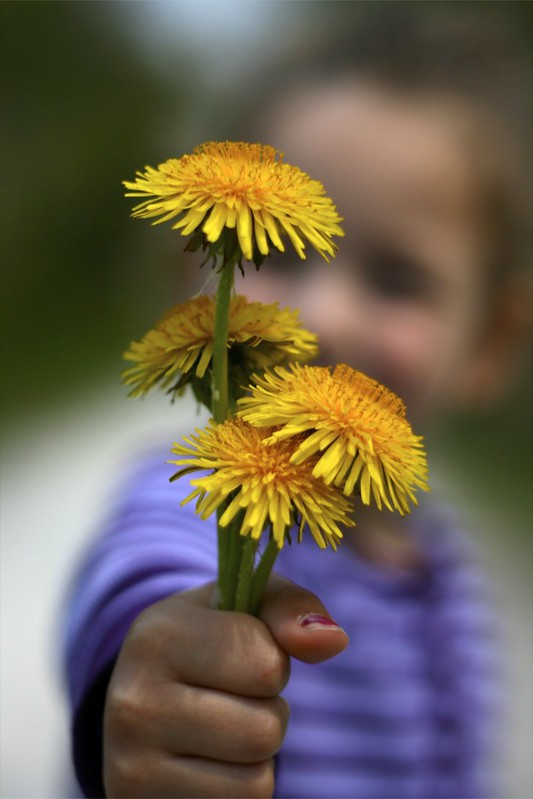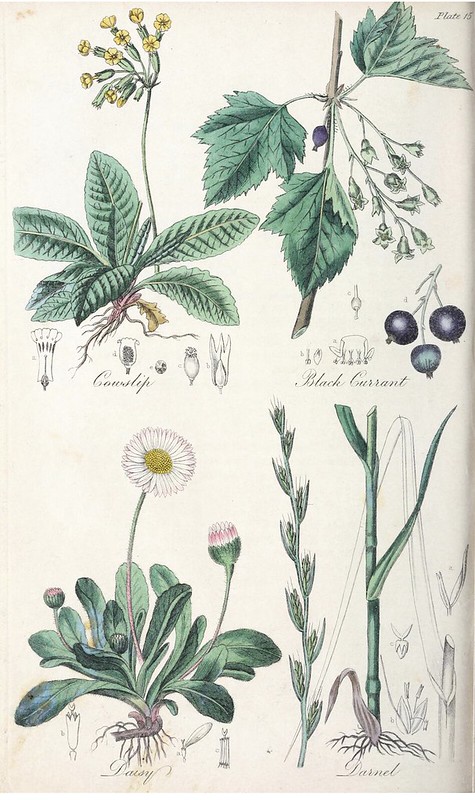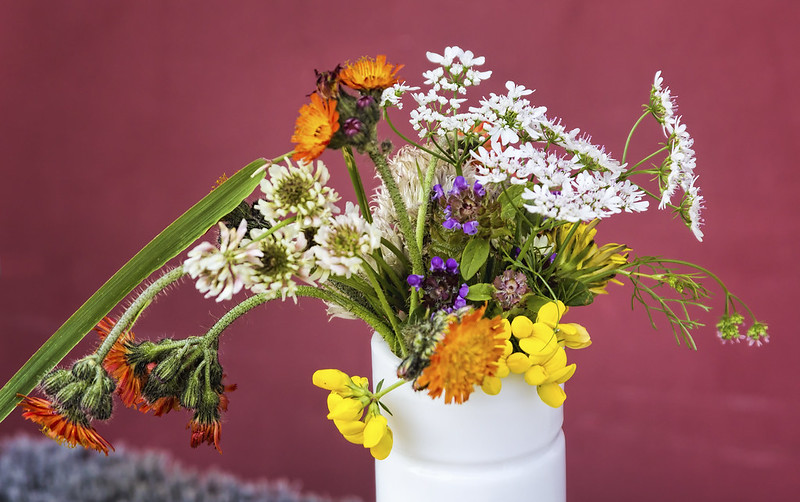Revised Common Lectionary Reflection, Seventh Sunday after Pentecost, Proper 11, Year A
July 19, 2020
Lessons: Isaiah 44:6-8; Psalm 86:11-17, Romans 8:12-25; Matthew 13:24-30, 36-43

Theme: God’s faithful and generous people listen to Jesus’ stories and find hope and promise for their own faith journey.
Key Scripture: “Let both of them grow together until the harvest; and at harvest time I will tell the reapers, Collect the weeds first and bind them in bundles to be burned, but gather the wheat into my barn.” – Matthew 13:30
This parable has always been an unsettling one for me; it just feels as if something, some bit of context, is missing or hidden in this Lectionary lesson. Plus, the Lectionary authors omitted five verses in the middle that seem important to the overall movement of the narrative. In fact, I encourage you to read the entirety of chapter 13 in your preparations for preaching and teaching. Eugene Peterson does a good job in The Message of making this passage vivid and accessible.
Most backyard gardeners are keen to keep weeds out of their neatly sown rows of vegetables and lovely beds of flowers and herbs. Yet according to avid gardener and writer Eugene Brennan,
“[Weed is] a subjective term and generally a weed can be considered as an unwanted plant in the wrong place. Generally though, weeds are wild flowers or plants with insignificant blooms or ugly foliage.”
Yes, in our proclivity toward dualistic thinking, we usually proclaim all weeds to be bad, thus allowing us to buy fully into Jesus’ explanation to his disciples. Weeds be gone! We want our pure, good crop of wheat (or whatever).
Especially in light of current events and protests, this year may be the perfect time to rethink this parable and recover it from a simplistic/dualistic understanding that allows us to easily locate ourselves among the finest wheat while assigning to the role of the dreaded weed anyone we consider less than, evil, or different. In doing so, we once again miss out on an appreciation for God’s good creation and for the creativity and unexpected nature of God’s reign.
Two of the omitted verses provide important commentary for what Jesus is up to: “All Jesus did that day was tell stories—a long storytelling afternoon. His storytelling fulfilled the prophecy: I will open my mouth and tell stories; I will bring out into the open things hidden since the world’s first day” (Matthew 13:34-35, The Message). If we read the stories in between the initial parable of this week’s lesson and the ones following Jesus’ explanation of the parable of the harvest, a fuller more beautiful, organic, and complex vision emerges for the inbreaking reign of God.

First let’s look at that pesky weed sown by the “enemy/evil one.” It’s thought to be darnel, also known as “wheat’s evil twin” (atlasobscura.com). Evidently, darnel has been around about as long as humans have been cultivating grains. Consumed in large enough quantities it is deadly. Eating its seeds can make one dizzy, nauseous, and off-balance. True to its effects, its official name, L. temulentum, derives from a Latin word for “drunk.” Throughout time it’s been a sort of “party weed.”
Records exist of people using the seeds to add to bread or beer to create more potent and mind-altering concoctions. In ancient Greece, it was called “the plant of frenzy” and was used in the rites of Persephone’s and Demeter’s followers. Europeans also used it medicinally as an anesthetic and to slow menstrual flow. Italian scholar Piero Camporesi makes the case in his book Bread of Dreams, that European peasants lived in a semi-permanent state of hallucination from bread made with darnel and other plants, possibly as a way to escape the drudgery of life. Finally, darnel is a “mimic weed” that is neither fully tame nor completely wild. It needs human assistance to live, its stowaway seeds harvested with domesticated plants to be stored and replanted next year. Darnel can still be found in some areas of North Africa and parts of Asia, contentedly hiding amongst the domestic grains. Modern farming techniques have all but eliminated it from other parts of the world.
If all things are indeed created good, as we read in the first chapters of Genesis, then we ought not write off weeds so easily. One person’s weed may be another’s medicine, wine, salad, or bouquet. We now know that plants even communicate using certain organic compounds and electrical impulses through their roots. Perhaps we have a few things to learn from weeds—perhaps starting with the notion that they are here for a reason and are an integral part of our ecosystem. They help us understand the composition of the soil in which they grow, they are soil stewards and promote biodiversity, and they feed us if we’ll let them.
All too often we look at people (or entire communities or races) and decide that they are weeds without even getting to know them, without developing a relationship or at least an appreciation for their God-given talents and giftedness. We want to pull them out of our lives, yanking them up by the roots without appreciating what they have to offer and without taking the time to see that they, too, have a place in our “permaculture” of life and faith. By dismissing “weeds” or trying to rid ourselves of their presence we hurt ourselves, stressing our own roots in the process; the fate of one is linked to the fate of all.
Perhaps Jesus’ disciples were thinking dualistically when they asked for an explanation of this parable. Can’t we make it simple as left/right, up/down, in/out, right/wrong? “No,” Jesus says, “Let me and the angels take care of everything when the harvest is complete.” We, dear friends, must learn to live with ambiguity and “weeds” in this life.

Yep, it’s not our job to go weed plucking in the world. Sure, you may have to do a little maintenance in your home garden, but don’t be so quick to rule out the gifts of all creation. Remember, oats and rye started out with the status of weeds—right along with darnel—but we saw the goodness of these grains and began to cultivate them. If all God’s creatures, indeed, have a place in the choir (at least according to the old Sunday school song), then weeds have a place at the table, too. Oh, and these weeds have lovely names that you may recognize: dandelion, purslane, mistletoe, fireweed, St. Benedict’s wort, broadleaf plantain, bindweed, mare’s tail, stinging nettle, and common self-heal.
Here’s to the wild, weedy, wonderful world all around us. COVID-19 has also brought renewal to the natural world, including our friendly weeds. Yes, it’s time to rethink weeds and our approach to them. “Let anyone with ears listen!”
In Worship
What local “weeds” are part of your context? Most of us have dandelions and purslane aplenty. How about inviting congregants to identify whether a plant is weed or cultivar? Check this website for images and descriptions of common weeds. Even parasitic plants like mistletoe are finding use in fighting cancer. You might also invite congregants to honestly look at what/who they consider to be weeds in our modern culture, people and contexts we consider less than or not worthy. How might we form a different vision? After all, weed is about as subjective a term as race, and yet we’ve given both terms incredible power over our lives and the lives of others.
With Youth
Consider a video night with your youth—with proper social distancing and masks, please. Maybe invite the entire congregation to a movie on the lawn like The Biggest Little Farm. This compelling documentary traces a couple who leave the city with a dream of creating a self-sustaining farm eco-system (permaculture). Using this week’s gospel lesson about the wheat and the weeds as a backdrop, host a post-viewing discussion about co-existence and harmony and balance. What “weeds” do we need to see through fresh eyes? You might also consider a visit to a farm that practices permaculture or at least a local community garden.
With Children
This week’s focus verse is Isaiah 44:8 – “Do not fear, or be afraid; have I not told you from of old and declared it? You are my witnesses! Is there any god besides me? There is no other rock: I know not one.”
This week’s Old Testament lesson (Isaiah 44:6-8) tells us a lot about the nature of God. Since we can’t really see God as we see one another, these descriptions help us form a picture in our mind. We learn in these three short verses that God is the first and the last; there is no other god. God is able to announce “things to come” to point us toward real life. God is a rock—strong, ever present, and reliable. Finally, God reminds us that we are not to fear or be afraid. We are witnesses to God’s goodness and presence all around us.
Tell me, where did you see God at work in the world this week? I saw God in the face of a dear friend, in the beauty and smell of a summer rainstorm, and in the hands of doctors and nurses who are caring for the sick during this pandemic.
Finish with a simple echo prayer and blessing.
Dear God (Dear God),
Thank you (Thank you) for being God (for being God). Thank you being our rock (Thank you for being our rock). Help us to listen to you (Help us to listen to you), so that we can share the good news (so that we can share the good news) and live life in you (and live life in you). Keep us from fear (Keep us from fear). Keep us hopeful (Keep us hopeful). Make us helpful (Make us helpful). Give us peace (Give us peace). Amen (Amen).
Weekly Stewardship Bulletin Insert
Did you know that weeds are actually good stewards? They tell us a lot about the soil in which they grow, they release important nutrients into the soil, and they even serve as food and medicine for us. If weeds are stewards of God’s gifts, then surely we are, too. Thank you for all you do and give to keep our ministries up and running. You are making a difference!
Stewardship at Home
How about taking a weed tour of your neighborhood or property? This is especially fun for families with children at home. Note where the weed came from, identify it, and learn about it. What can it tell you about your soil or growing conditions? What weeds did you find that are edible? What weeds might have healing properties? Which weeds are the prettiest?
Now think about how we look at weeds in the same way we view other aspects of our world: good vs. evil, right vs. wrong, us vs. them, etc. How might this way of looking at the world cause us to miss so very much, including what we might previously have considered to be useless weeds? How can you make a difference in changing attitudes within your own home, your worshiping community, and the larger world?
2017 Reflection: https://www.stewardshipoflife.org/2017/07/dukes-mixture-discipleship/
2014 Reflection: https://www.stewardshipoflife.org/2014/07/in-process/
Images: MissMessie, Randen Pederson, and Swallowtail Garden Seeds, Creative Commons usage license. Thanks!
Note: Reprint rights granted to congregations and other church organizations for local, nonprofit use. Just include this note: “Copyright (c) 2020, Rev. Sharron Blezard. Used by Permission.” Other uses, please inquire: thewritelife@hotmail.com.



Leave a Reply